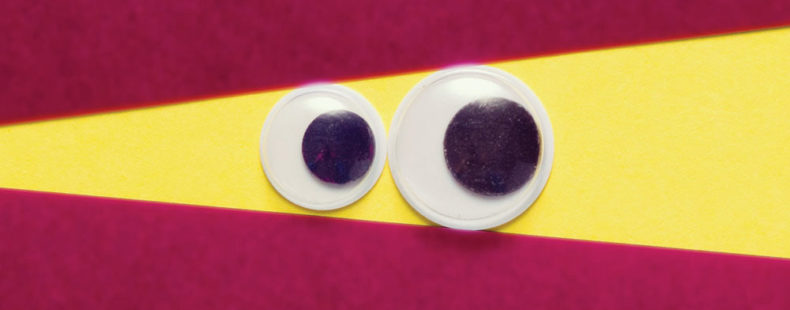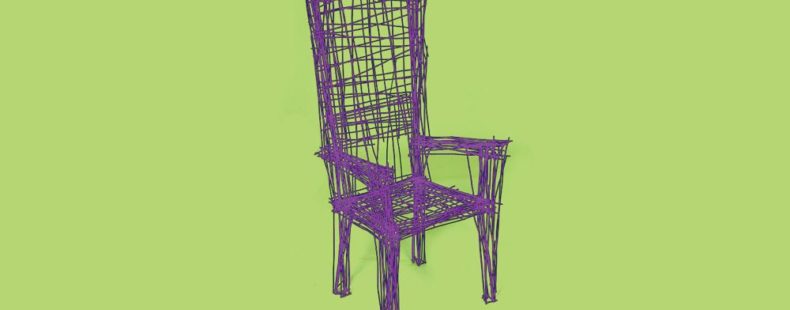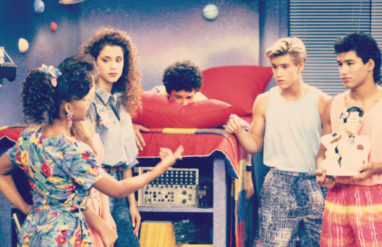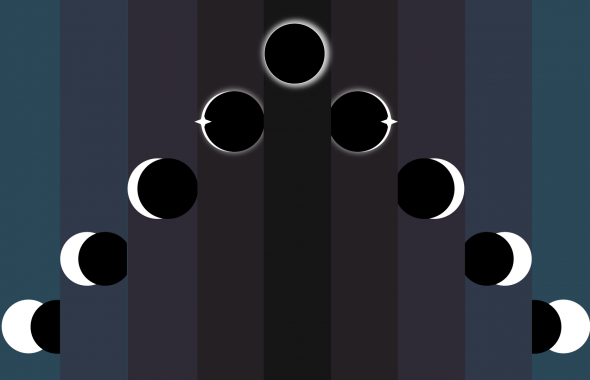Comb, Saw, Wheel, Cog...
…with teeth.
As you’ve probably noticed in our list, a lot of our body-related words are used simply because the particular feature of the object resembles the physical form of—or serves a similar function as—the body part used to describe it. In this case, the projections of a comb, saw, wheel, or cog loosely resemble human teeth (maybe?), but, to a greater degree, they mimic the actions of the teeth: separating, breaking down, cutting in, and grinding. The size of the teeth—and, for saws, wheels, and cogs, the angles at which the teeth are cut—results in different ‘separating’ abilities and efficiencies.
When we say we’re going over something “with a fine-tooth comb,” we’re being meticulous in separating the component strands (literal or metaphorical) of whatever we’re looking at.




























